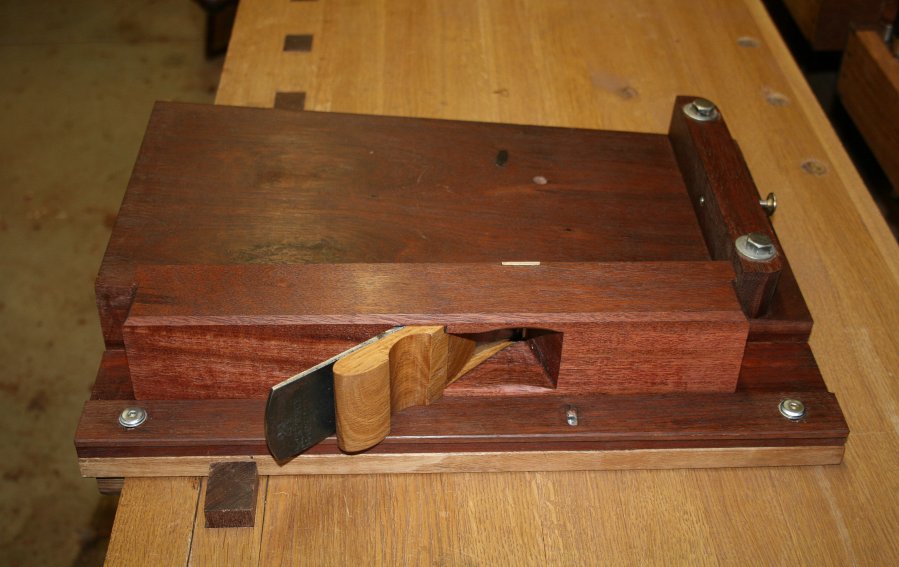Hello,
I am thinking about making a shooting board but most of the versions I see online are made from plywood or MDF and I only have hand tools. So would I be better off trying to cut MDF or Plywood with a hand saw or should I make one out of solid wood? My only worry about solid wood is whether or not it will stay square. And if solid wood, which species would you recommend? I am in the southeast / midwest. (Kentucky.)
Thanks!




 Reply With Quote
Reply With Quote







